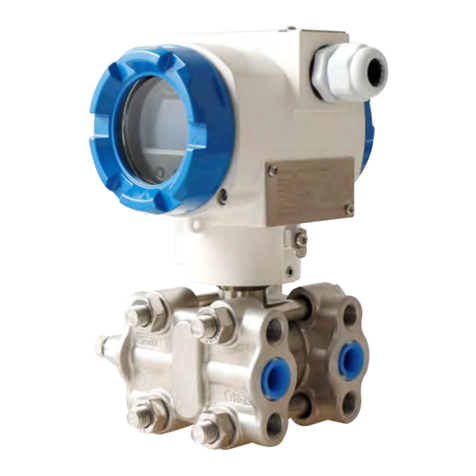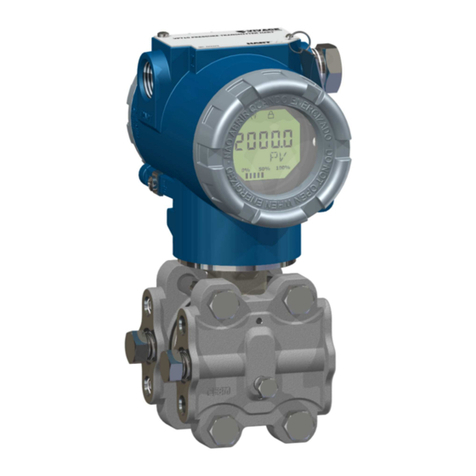
L20222 Table of contents
3
Table of contents
1 About this document ................ 4
1.1 Document function ..................... 4
1.2 Safety instructions ...................... 4
1.3 Symbols used .......................... 4
1.4 Tool symbols .......................... 5
1.5 Registered trademarks ................... 6
2 Basic safety instructions ............ 7
2.1 Requirements for the personnel ............ 7
2.2 Intended use .......................... 7
2.3 Operational safety ...................... 7
3 Incoming acceptance and product
identification ....................... 8
3.1 Incoming acceptance .................... 8
3.2 Nameplate ............................ 8
3.3 Name and address of manufacturer ......... 9
3.4 Scope of delivery ....................... 9
3.5 Certificates and approvals ................ 9
3.6 Storage and transport .................. 10
4 Mounting ......................... 11
4.1 Mounting requirements ................. 11
4.2 Mounting the device ................... 11
4.3 Post-installation check .................. 16
5 Electrical connection .............. 17
5.1 Connecting requirements ................ 17
5.2 Quick wiring guide ..................... 18
5.3 Connecting the sensor cables ............. 18
5.4 Connecting the transmitter .............. 19
5.5 Special connection instructions ............ 20
5.6 Ensuring the degree of protection .......... 21
5.7 Post-connection check .................. 21
6 Operation options ................. 22
6.1 Overview of operation options ............ 22
6.2 Structure and function of the operating
menu .............................. 25
6.3 Access to the operating menu via the PC
operating tool ........................ 27
6.4 Access to the operating menu via the
Wireless Field Device Configurator App ..... 28
7 System integration ................ 29
7.1 Overview of device description files ......... 29
7.2 Measured variables via HART protocol ...... 29
7.3 Supported HART® commands ............. 29
8 Commissioning .................... 32
8.1 Post-installation check .................. 32
8.2 Switching on the transmitter ............. 32
8.3 Protecting settings from unauthorized access .32
9 Diagnostics and troubleshooting ... 34
9.1 General troubleshooting ................. 34
9.2 Diagnostic information on local display ...... 36
9.3 Diagnostic information via communication
interface ............................ 36
9.4 Diagnostic list ........................ 37
9.5 Event logbook ........................ 37
9.6 Overview of diagnostic events ............. 37
10 Maintenance ...................... 39
11 Repair ............................ 39
11.1 General information ................... 39
11.2 Spare parts .......................... 40
11.3 Return .............................. 40
11.4 Disposal ............................ 40
12 Accessories ....................... 40
13 Technical data .................... 41
13.1 Input ............................... 41
13.2 Output ............................. 42
13.3 Power supply ......................... 43
13.4 Performance characteristics .............. 44
13.5 Environment ......................... 51
13.6 Mechanical construction ................ 52
13.7 Certificates and approvals ............... 54
14 Operating menu and parameter
description ........................ 56
14.1 Menu: Diagnostics ..................... 60
14.2 Menu: Application ..................... 66
14.3 Menu: System ........................ 76
Index .................................. 92





























